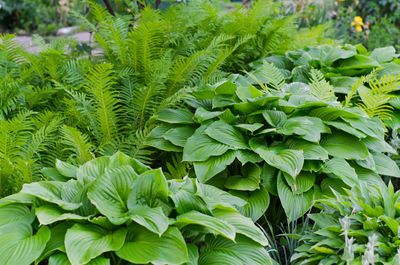What is Garden Texture?
One of the most common elements of garden design to consider is the use of texture. While this term often relates to the tactile feel or surface of an object, in the garden, textures refer to the overall presence of the plant. Gardening with texture allows the grower to create plantings that are diverse and offers fantastic curb appeal. For some, terminology related to texture in the garden may be somewhat confusing. In general, there are two types of plant texture: bold and soft. Bold, or coarse texture plants, garner the most attention. Bold flowers and foliage are statement making plantings which immediately draw attention. For many, this includes plants that reach great heights, as well as those boasting large, impressive foliage. Fine, or soft, plant textures are those having less visual impact. These plants usually have delicate, small foliage and flowers. Though the plants themselves may not immediately make a statement in the garden, they offer a whimsical appearance and serve as vital aspect of the garden as a whole. The combination of bold and soft plants within the garden is essential to create an impressive and cohesive flower bed or border. Not only does plant texture play a major role in how the garden should be planned, it impacts the way in which green space is perceived as well. For example, spaces with many larger textured plants may create a smaller feel. This is due to the plants’ overall stature. Landscapes consisting mainly of soft, fine plantings may make the space feel much larger than it actually is. Carefully choosing and arranging these types of plants allows homeowners to curate their desired landscapes.
